
Marketing Degree Requirements in 2025: Credits, Courses, Costs, and Career Paths Explained
Explore 2025 marketing degree requirements in one guide, covering credits, coursework, costs, AI tools, and career paths from entry to leadership.

Explore 2025 marketing degree requirements in one guide, covering credits, coursework, costs, AI tools, and career paths from entry to leadership.

Moving is far more than a logistical service; it is a deeply personal and often stressful life event. For customers, it represents a significant transition, and the company they choose becomes a temporary guardian of their most valued possessions.

In today’s fast-paced digital world, artificial intelligence is no longer just a buzzword. It has become a powerful tool that reshapes how we create, design, and interact with online platforms. One of the most innovative solutions making waves in this space is Vidwud AI a platform designed to bring creativity and convenience together for professionals, businesses, and everyday users.

In an increasingly crowded and competitive marketplace today, customers have more choices than ever before.And with the convenience of a single finger tap on their mobile devices, they can easily purchase any product or service from one brand instead of another. So how can you ensure you have this customer’s loyalty? Of course, the quality of your product or service is key. But it matters just as much how this customer feels about your brand, if they can count on you to deliver this feeling consistently, and how much they trust you. This is where the magic of an effective, cohesive brand can have a major impact.

A people-first brand naming framework—from strategy and territories to legal checks, linguistic vetting, scoring, and launch. Learn how to name a brand with confidence, avoid legal traps, and ship a memorable name that scales.
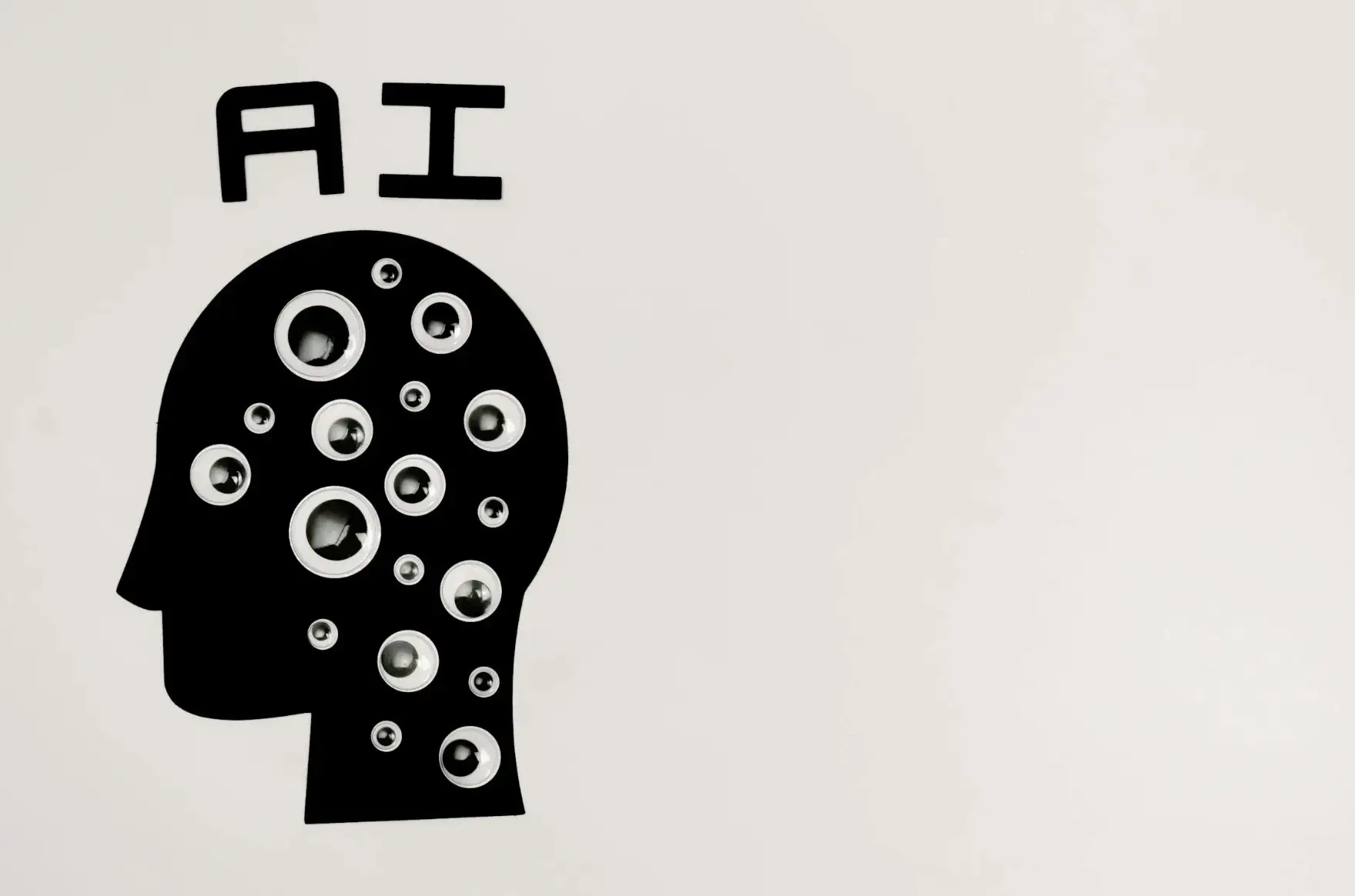
Want to appear in AI answers, from Google’s AI Overviews to ChatGPT and Perplexity? Here’s the practical, no-fluff guide to earn citations, build topical authority, and optimize content and structured data so your brand shows up where users now search.

Roofing websites compete for attention in crowded markets. Service areas overlap, materials are similar, and pricing rarely differs dramatically. What often makes one roofer more visible than another is the quality and depth of their website content.

Lower temperatures outside encourage staying home more often, which often leads to feelings of grumpiness or restlessness. Many people fill this void with additional activities, hobbies, or even use this spare time for some extra work.

Turn your Google Business Profile into a customer-magnet. From setup and verification to reviews, photos, categories, UTM tracking, and troubleshooting, this 2025 playbook shows how to rank in Google Maps and win local searches—step by step.

The definitive guide to brand architecture—branded house vs house of brands—with hybrid and endorsed models, pros and cons, examples (P&G, Unilever, Marriott), SEO and cost impacts, and a step-by-step decision framework.

Have you ever questioned yourself why there are a lot of entrepreneurs in London who choose professional help in forming their companies instead of doing everything by themselves?

As new digital technologies move fast, organizations want mobile apps that can run on Android and iOS without any differences. But it is costly, time-consuming, and wasteful to develop and maintain two applications. That is why companies are turning to cross-platform development — an approach wherein developers develop applications by employing a shared codebase that can run on both platforms.

In a rapidly evolving digital landscape, healthcare organizations must leverage innovative marketing tactics to attract and retain patients effectively. Contemporary consumers are more empowered than ever, demanding better accessibility, information, and engagement from healthcare providers. Hence, deploying effective digital marketing strategies has become important for healthcare services looking to stand out. This article explores various tactics that can help healthcare businesses improve visibility, enhance patient engagement, and drive growth.

Content is no longer just about delivering information, it defines how brands are discovered, trusted, and remembered. Yet maintaining consistency across search engines, social platforms, and large language models (LLMs) like ChatGPT, Gemini, and Claude has become increasingly complex. The process still demands hours of manual research, planning, and production, making it difficult for teams to scale without losing quality or cohesion.

Have you ever gazed up at a clear night sky and felt a profound sense of wonder? The intricate details of a nebula or the faint, spiralling arms of a distant galaxy are a truly captivating sight.

Offering your application for free does not mean you end up with zero revenue. In such business strategies, developers focus on gradually convincing users to convert, such as transforming them from casual browsers to paid ones.

Affiliate marketing has transformed into a vital tool for fintech businesses. Success depends on more than just flashy promotions or big names. It requires creating an efficient, scalable system that benefits all parties, including partners, companies, and customers alike.

No one likes the thought of a recession. The word itself can bring stress and uncertainty. But the truth is, you can’t control the economy. What you can control are your financial habits. The steps you take today can make a big difference if things get tough tomorrow. Getting recession-ready doesn’t mean changing your whole life overnight. It means building small habits that help you feel more stable when money feels uncertain. These habits don’t have to be complicated. They just need to be consistent. Here are some practical financial habits that will give you more confidence and security when the economy slows down. 1. Build and Protect Your Emergency Fund One of the first steps to prepare for a recession is having an emergency fund. This is money set aside for sudden expenses, like car repairs or a gap between jobs. Without a fund, you may have to rely on credit cards, which only adds more stress. A good target is three to six months of living expenses. If that feels like too much at first, start small. Even $500 to $1,000 can help. The key is to save consistently, even if the amount is small. It’s also important to know where to keep your emergency fund. You want it in a place that is safe, earns a little interest, and is easy to access. A high-yield savings account is a popular choice. A traditional savings account can also work, though the interest may be lower. Avoid risky investments for this money because you may need it quickly. An emergency fund gives you breathing room. It helps you avoid panic if something unexpected happens. Having this habit in place is one of the strongest protections you can build for yourself. 2. Cut Back on Unnecessary Expenses Another smart habit is to cut down on spending that doesn’t serve you. During stable times, it’s easy to pick up new subscriptions, eat out often, or spend on impulse buys. When the economy slows, those extras can make your budget feel tight. Take a close look at your monthly expenses. Do you have streaming services you no longer use? Are you paying for apps or memberships that add little value? Even small cuts can free up cash that can go toward savings or debt. It doesn’t mean you can’t enjoy life. It just means being more intentional. For example, cooking more at home or choosing one night out instead of several can save money without leaving you deprived. This habit teaches you how to live within your means. It also helps you shift money toward goals that will support you in harder times. 3. Pay Down High-Interest Debt Debt becomes heavier in a recession. If your income is reduced, high-interest balances can quickly spiral out of control. That’s why paying down debt now is such an important habit. Focus on credit cards and personal loans first. These often have the highest interest rates. Even paying a little extra each month above the minimum can make a big difference over time. You can try different strategies to stay motivated. The debt snowball method focuses on clearing the smallest balance first, while the avalanche method attacks the debt with the highest interest. Choose the one that feels easier to stick with. When you pay down debt, you not only save on interest but also free up money that can be used for essentials if the economy slows. It’s about giving yourself flexibility and less stress. 4. Diversify Your Income Relying on a single paycheck can feel risky during a recession. If you lose that income, it can be hard to replace it quickly. That’s why diversifying your income is a smart habit to build. This doesn’t mean you need to work multiple jobs. It could be as simple as starting a small side hustle that matches your skills or interests. Freelance work, online tutoring, or selling products can bring in extra cash. Even a few hundred dollars a month can make a big difference. Passive income options, like creating digital products or renting out a room, are also worth considering. These may take more effort to set up, but can pay off over time. The point is to have more than one stream of money coming in. This makes you less dependent on a single employer and more secure if things change suddenly. 5. Continue Saving and Investing Wisely It can be tempting to stop saving or investing when the economy feels shaky. But stopping completely can hurt your long-term growth. Instead, aim to keep saving and investing, even if the amounts are smaller. For retirement accounts like a 401(k) or IRA, consistency is key. Small contributions now can grow significantly over time. If your employer offers a match, try to take full advantage of it. When investing, avoid making emotional decisions based on market swings. Recessions come and go, but long-term investing is about patience. Focus on your goals, not short-term changes. This habit builds discipline. It shows you the value of steady progress, even when times feel uncertain. 6. Stay Insured and Protected Insurance often feels like something you don’t need until you do. But during a recession, losing coverage can be costly. Make sure you’re protected in the areas that matter most. Health insurance should always be a priority. Medical bills can create major financial stress if you’re uninsured. Auto insurance is another must-have if you drive. Renters' or homeowners' insurance protects your belongings and home. If others rely on your income, consider life insurance as well. It adds another layer of security for your family. Getting recession-ready doesn’t require complicated strategies. It comes down to simple, steady habits that build security over time. Start with your emergency fund, then work on cutting unnecessary costs, paying down debt, and diversifying income. Keep your credit strong, continue saving, and protect yourself with insurance. The key is to start now. You don’t need to do everything at once. Even small steps can add up to real progress. By building these habits, you’ll feel more prepared and confident, no matter what the economy brings.

If you’re prone to thinking too much, your well-being and mental wellness take a hit. This five-minute read helps you check if you show any symptoms of overthinking.
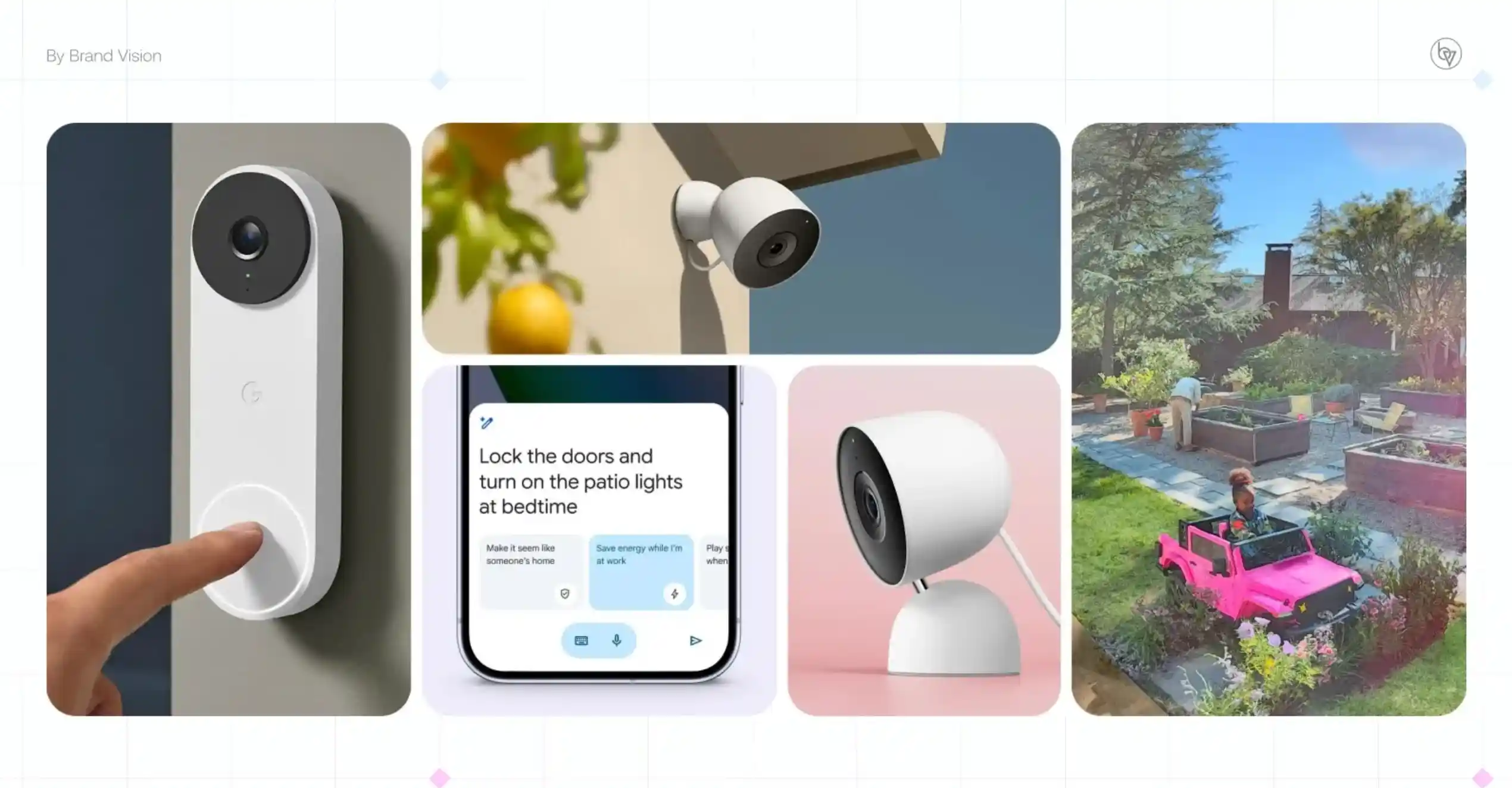
Google Home Premium brings Gemini to your speakers, displays, cameras, and the Google Home app. See plans and pricing, Google Home Gemini features like Gemini Live and Ask Home, and step-by-step tips on how to use Google Home Premium today.

Learn how to get a YouTube transcript from any video easily. Explore the best YouTube transcript generator tools to save time and boost accessibility.

In today's fast-paced digital world, exceptional customer service is no longer a luxury—it's a necessity. As businesses strive to meet ever-increasing customer expectations, the integration of Artificial Intelligence (AI) agents into customer service operations has emerged as a game-changer. These intelligent systems are transforming how companies interact with their customers, offering efficiency, personalization, and round-the-clock support.

Guests want to see the offer right away, not unlock a phone, chase Wi-Fi, or tap through extra screens. Bright lights bounce off glossy tables and phone glass; older diners may need readers; younger diners often save battery. At lunch rush, each extra tap adds seconds at the bar, and staff repeat answers a clear sheet would show. That’s the pattern operators call “QR fatigue”: micro-delays stacking into slower first orders and missed add-on sales.

Technology is changing how we connect with audiences, and brand activations are right at the center of this shift. We’re no longer limited to static displays or traditional booths. With the right tools, we can build interactive experiences that spark real emotion, drive engagement, and deliver measurable results.
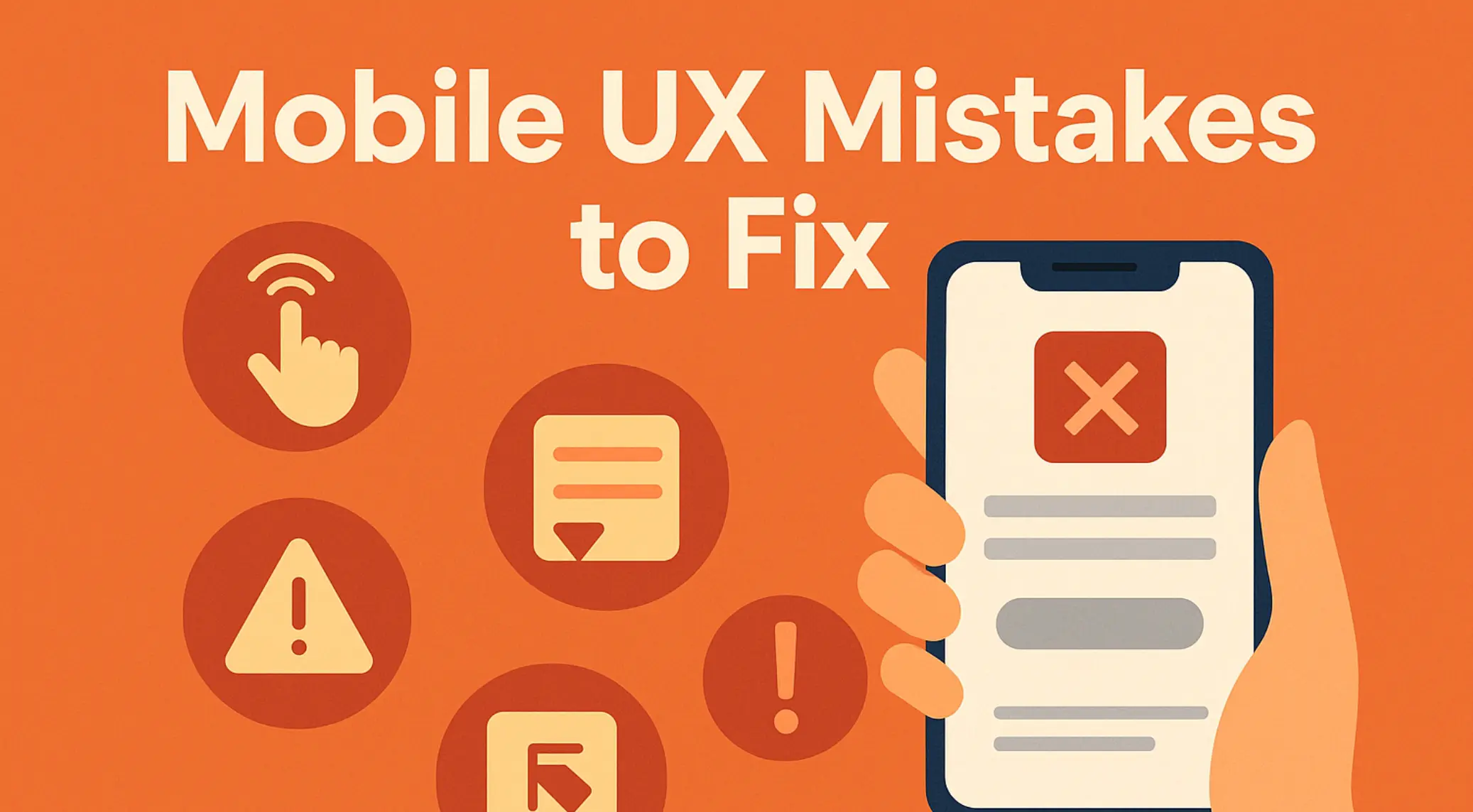
Shoppers bail fast on clumsy mobile stores. This mobile UX audit unpacks 7 common mobile UX mistakes that drain conversions and shows how to improve mobile interaction with research-backed fixes from first tap to checkout.
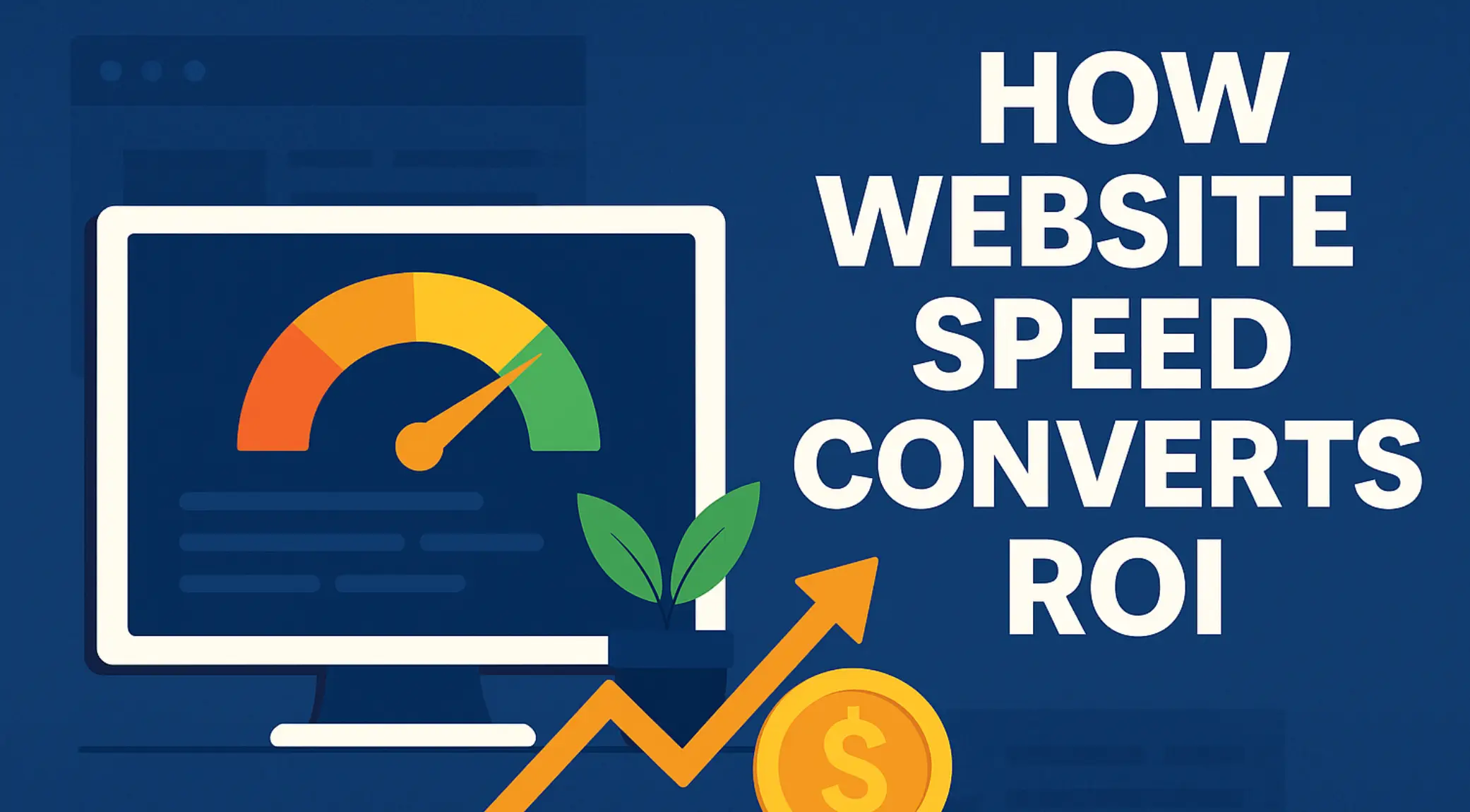
Website speed ROI is real and repeatable. See how core web vitals ROI ties faster loads to higher conversions and lower CAC, plus how to estimate core web vitals optimization cost. Learn how does website speed convert ROI with clean math, field data, and a 90 day plan.

Build an E-E-A-T SEO strategy that lasts. Get the E-E-A-T framework explained in plain language, learn how to improve E-E-A-T on and off site, and follow a step by step plan aligned to the official Google E-E-A-T guide.

A high-converting landing page design starts with clarity, speed, and trust. Learn the seven must-have elements for designing a landing page that turns clicks into customers, with practical tips on headlines, CTAs, forms, mobile speed, social proof, and message match.

Great search performance starts in the interface. Learn how to use UX/UI for SEO to rank for seo with UX/UI. This guide breaks down UX/UI essentials like Core Web Vitals, mobile layouts, information architecture, accessibility, structured data, and ecommerce patterns with practical steps you can ship right away.

Build a unique value proposition that wins now. Learn how to create a value proposition for your brand, prove it with data, and use the value proposition in marketing, sales, product, and support—so your value proposition is clear, testable, and repeatable across every touchpoint.
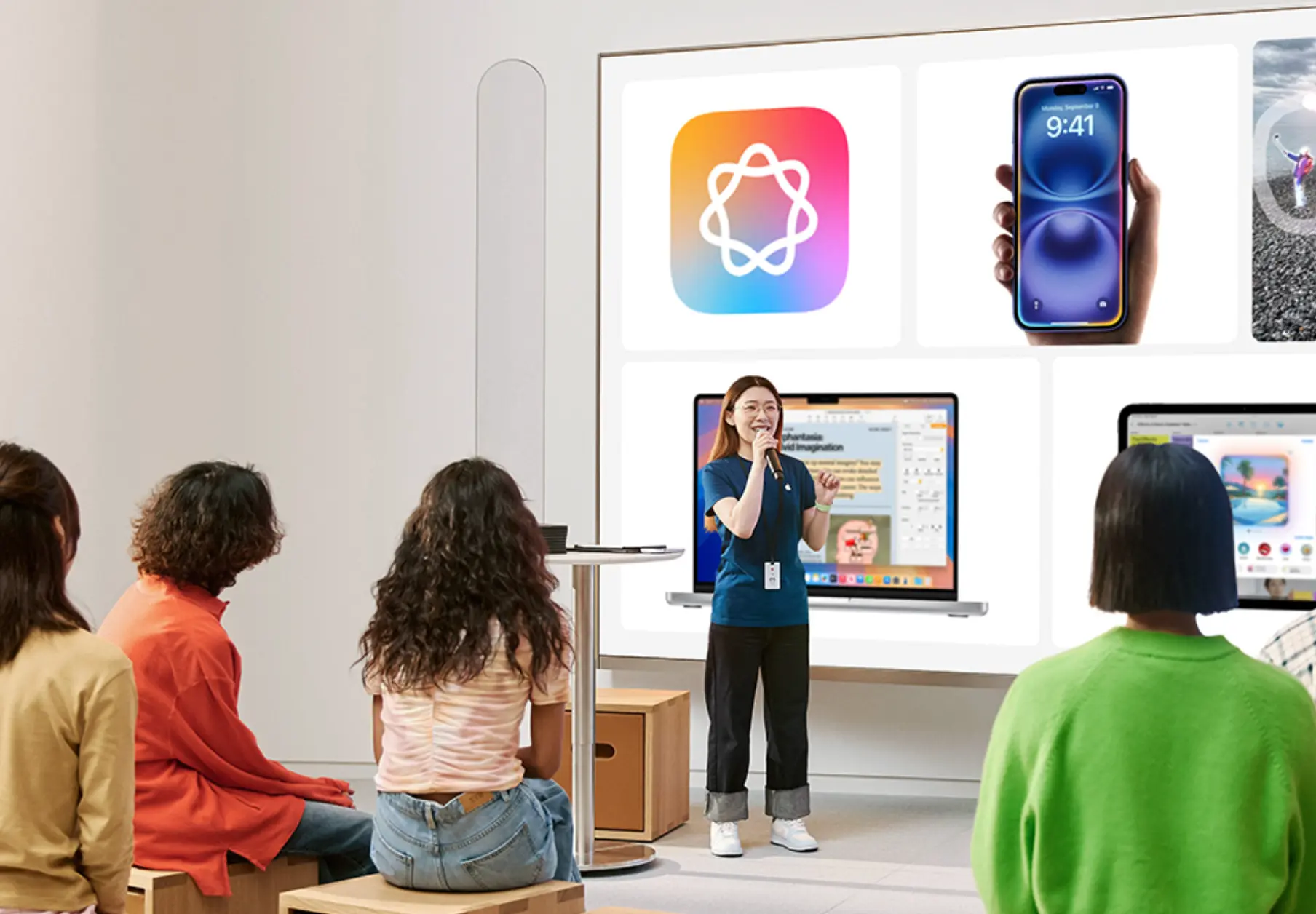
Explore the greatest brand reinventions of all time—how legacy names reset strategy, identity, and products to win again. See the best brand reinventions and the brands that rebranded successfully with bold moves that changed culture.

From George Washington’s fortune to Donald Trump’s modern billions, this guide ranks the richest presidents in the US, explains reasons behind the estimates, and answers who is the richest president in history. The topic of the richest president in history depends on the lens, and we covered them all for you here today!

A people-first brand naming framework—from strategy and territories to legal checks, linguistic vetting, scoring, and launch. Learn how to name a brand with confidence, avoid legal traps, and ship a memorable name that scales.

Want to appear in AI answers, from Google’s AI Overviews to ChatGPT and Perplexity? Here’s the practical, no-fluff guide to earn citations, build topical authority, and optimize content and structured data so your brand shows up where users now search.

Turn your Google Business Profile into a customer-magnet. From setup and verification to reviews, photos, categories, UTM tracking, and troubleshooting, this 2025 playbook shows how to rank in Google Maps and win local searches—step by step.

The definitive guide to brand architecture—branded house vs house of brands—with hybrid and endorsed models, pros and cons, examples (P&G, Unilever, Marriott), SEO and cost impacts, and a step-by-step decision framework.

Google Home Premium brings Gemini to your speakers, displays, cameras, and the Google Home app. See plans and pricing, Google Home Gemini features like Gemini Live and Ask Home, and step-by-step tips on how to use Google Home Premium today.
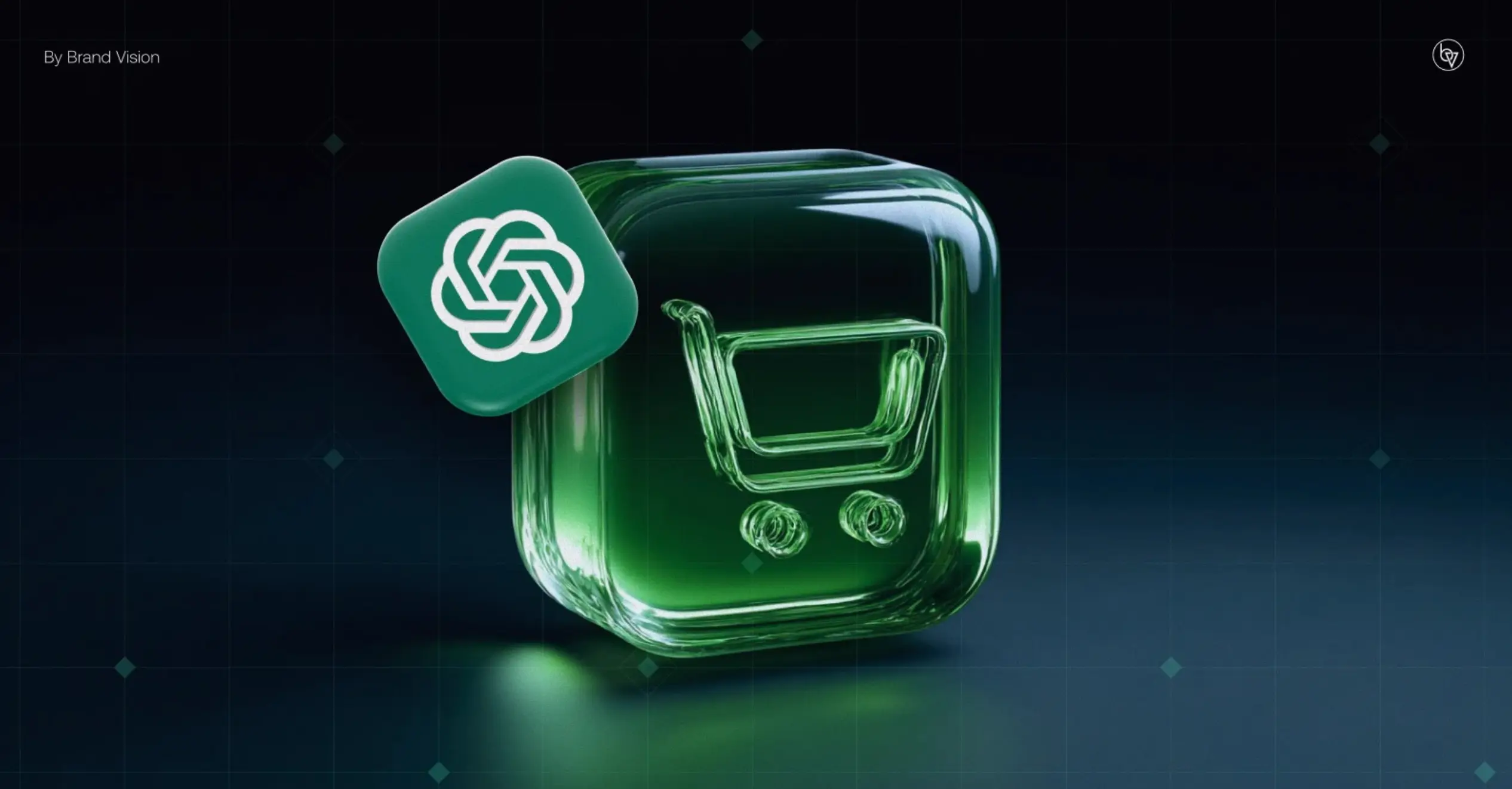
Discover how to use Shopping GPT with ChatGPT’s new shop feature. Learn how OpenAI shopping works, from product discovery to Instant Checkout, and what limitations exist today. Explore tips, FAQs, and insights on how ChatGPT shopping is reshaping e-commerce.

Meta’s marketing 2025 blends a giant cross-app audience, short-form video, AI distribution, business messaging, and Advantage+ automation. This easy-to-digest overview explains the rise of Meta, how its platforms work together, and what marketers should do next with Meta’s strategy.

Meet ten brands that changed the world—the companies that designed our world, the brands that shape society, and the companies that changed the way we live. Here’s how these brands that shape society became the companies that changed the way we live—and why their habits are now our habits.

Looking for the best podcasts 2025? From self-improvement to relationship advice and science explainers to culture interviews and creativity deep dives, this curated guide highlights the best podcasts that you never knew you needed in your life.

A fresh deep dive into fall marketing trends 2025—how brands use autumn’s cozy rituals, community moments, authentic product stories, pop-culture timing, and adaptive creative to drive demand. Includes new, hyperlinked sources and real-world 2025 examples.

Discover the latest SEO and lead generation stats for 2025. Learn how AI search, zero-click trends, and shifting budgets impact B2B pipelines—and what strategies companies need to drive leads and revenue now.

Discover the most popular fall items 2025 with our easy guide to the best fall products 2025. From Pumpkin Spice Latte day to UGGs restocks, know what to buy in fall 2025—and how to beat the sell-outs.

Discover the countries with the highest minimum wages and where pay is strongest overall in 2025. We'll go beyond the simple hourly rate to explore where a paycheck actually goes furthest, and reveal which nations offer the strongest pay, backed by official data

Planning an autumn escape? Here are the best fall vacations 2025—from foliage-filled road trips and wine-country long weekends to culture-rich city breaks—so you can pick the top fall vacation destinations with perfect weather, lighter crowds, and shoulder-season value.
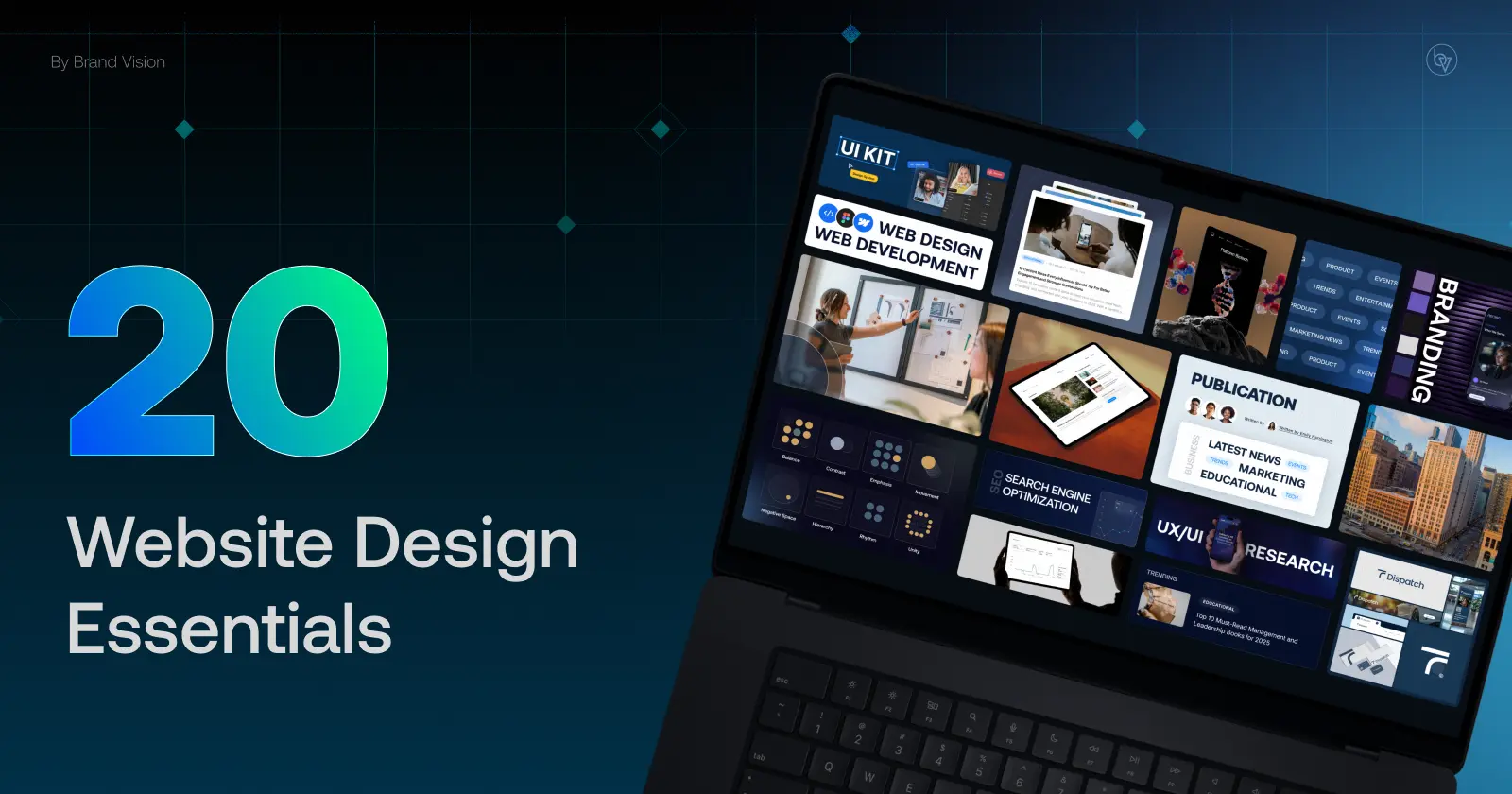
Discover 20 website design must-haves in 2025. From responsive layouts and fast load speeds to AI personalization and social proof, here are the web design essentials your business website must have to stay competitive.
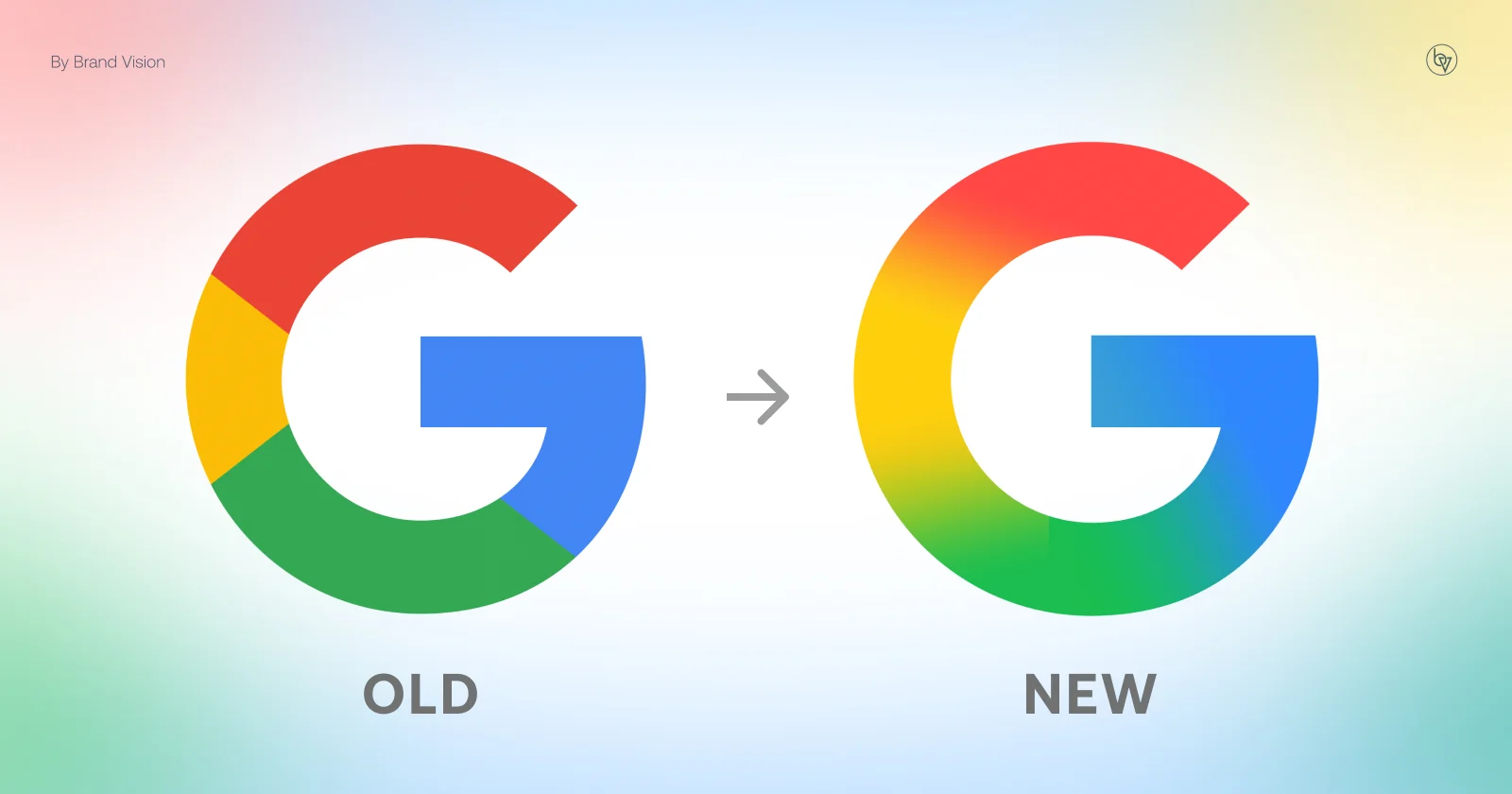
Google’s first major logo refresh in nearly 10 years arrived in May 2025. The “G” icon now uses a smooth gradient, tying into AI and Gemini branding while keeping the core design intact.
Stay informed with the best tips, trends, and news — straight to your inbox.
By submitting I agree to Brand Vision Privacy Policy and T&C.